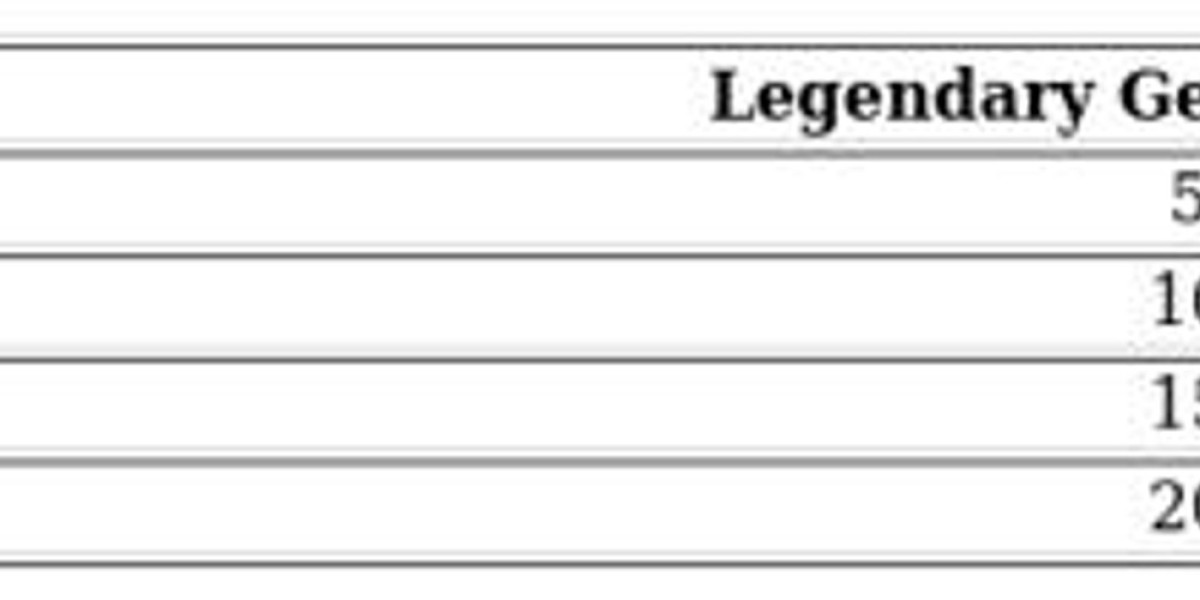GI, yeast, and mast cell issues – Gone with KPV Peptide!
The gastrointestinal tract is a complex ecosystem where digestive enzymes, microbial flora, and immune cells constantly interact. When this balance is disrupted—whether by overgrowth of yeast such as Candida, inflammation from leaky gut, or an overactive mast cell response—it can lead to symptoms like bloating, abdominal pain, diarrhea, fatigue, and skin irritations. KVP peptides have shown remarkable efficacy in modulating these problematic conditions. Their mechanism involves several key actions:
- Anti-inflammatory modulation – The peptide sequence is designed to inhibit pro-inflammatory cytokines that are released during gut irritation or yeast overgrowth. By dampening this response, the integrity of the intestinal lining is restored, reducing permeability and allowing nutrients to be absorbed more efficiently.
- Antimicrobial synergy – While not a direct antifungal agent, KVP peptides enhance the body’s own antimicrobial defenses. They stimulate the production of defensins and other innate immune molecules that target yeast cells specifically, helping to bring overgrowth under control without relying on broad-spectrum antifungals that can upset beneficial bacteria.
- Mast cell stabilization – Many people with GI issues also experience mast cell activation syndrome (MCAS). The peptides bind to receptors involved in the release of histamine and other mediators from mast cells, thereby reducing flare-ups that manifest as itching, flushing, or even anaphylaxis-like reactions.
Read the post here
If you’re looking for deeper insight into how KVP peptides work within the body, there is an engaging article that walks through both the science and real-world applications. The post breaks down:
- A detailed explanation of the peptide’s structure and why it targets specific pathways in the GI tract.
- Case studies from individuals who have used KVP peptides for yeast infections and mast cell disorders, highlighting measurable improvements over a 6-month period.
- Practical dosing guidelines tailored to different needs—whether you’re managing mild discomfort or tackling severe gut dysbiosis.
- Tips on pairing the peptide with complementary nutrients such as zinc, vitamin D, and probiotics to maximize outcomes.
Save or Share This!
For anyone who finds value in this information—whether you’re a healthcare practitioner looking to expand your therapeutic arsenal, a nutritionist wanting to recommend evidence-based supplements, or an individual seeking natural relief from gut and immune issues—the next step is simple. Save the details for future reference or share them with peers:
- Create a bookmark of the article in your preferred browser so you can revisit the dosage charts and study summaries whenever needed.
- Print a copy of the key points (especially the dosing guidelines) to keep in a personal health journal, which can help track progress over time.
- Forward the link to friends or family members who might benefit from an alternative approach to managing yeast infections or mast cell reactions. A quick email or text with a short note—"Here’s something that helped me reduce my gut inflammation and skin flare-ups"—can spark meaningful conversations about holistic health.








